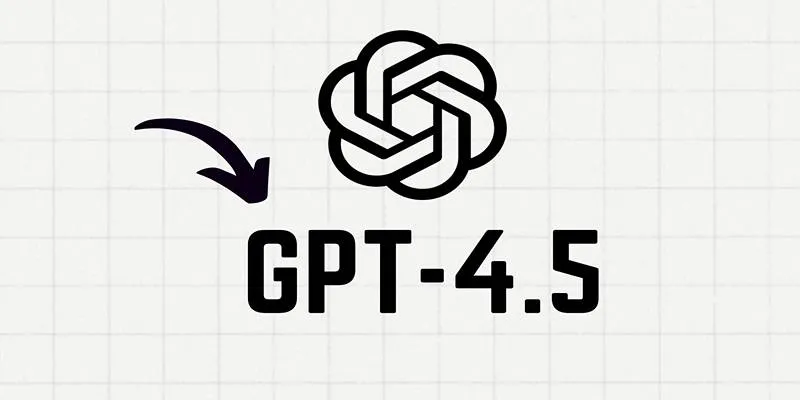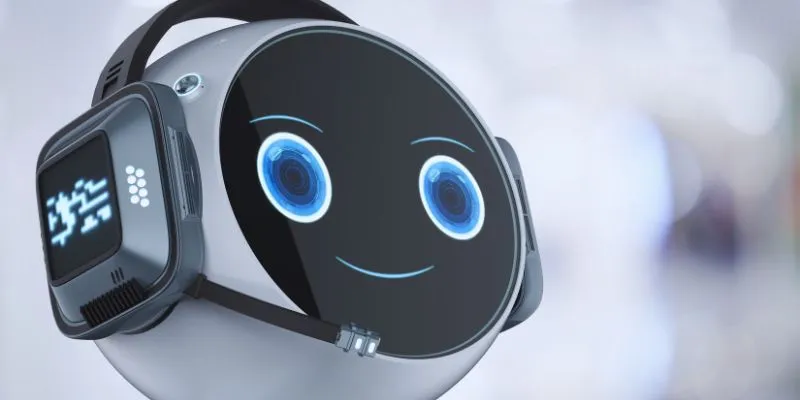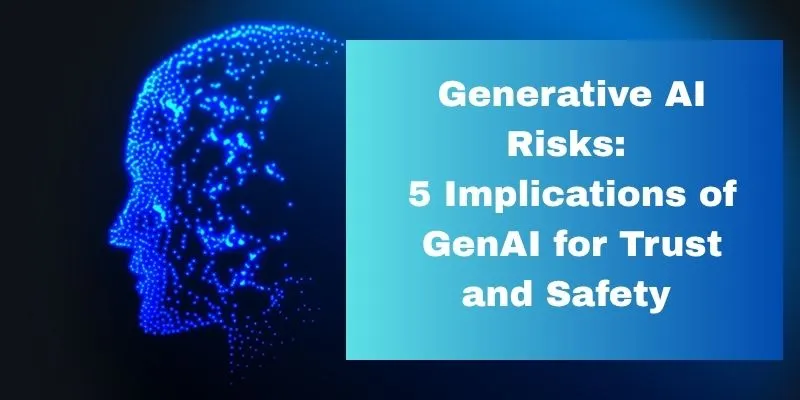Artificial intelligence continues to evolve rapidly, and OpenAI remains at the forefront of this transformative journey. In February 2025, the company proudly introduced GPT-4.5, marking a significant leap forward in AI capabilities and user experience.
Marketed as OpenAI’s “largest and most knowledgeable model” to date, GPT-4.5 offers several upgrades designed to make AI interactions more natural, intuitive, and emotionally intelligent. However, despite its impressive advancements, some users might hesitate to switch immediately due to a few trade-offs.
As the AI landscape expands, GPT-4.5 represents both a technological breakthrough and a glimpse into the future of artificial general intelligence. Here’s an in-depth look at what GPT-4.5 offers, its limitations, and its place in OpenAI’s broader vision.
Key Features and Enhancements of the Shiny New GPT-4.5 AI Model
With the launch of GPT-4.5 , OpenAI has introduced a suite of improvements that elevate the user experience to new heights. This latest version is more than a minor update—it reflects OpenAI’s ongoing commitment to building AI models that are more intelligent, emotionally aware, and aligned with human communication.
Whether used for content creation, technical problem-solving, or customer support, GPT-4.5 is designed to interact with users in a more humanlike and useful way. Here’s a detailed look at what sets GPT-4.5 apart from its predecessors and why it’s creating such a buzz across the AI community.
1. Enhanced Natural Language Interaction
One of the most celebrated features of GPT-4.5 is its remarkable ability to mimic human conversation. Described by OpenAI’s internal testers as “warm, intuitive, and natural,” this model takes AI dialogue to a more engaging and lifelike level.
Unlike earlier versions that sometimes felt robotic or rigid, GPT-4.5 has a stronger grasp of tone, sentiment, and contextual nuance. This means it can:
- Adjust responses based on emotional cues
- Offer more conversational and relatable answers
- Respond empathetically to sensitive prompts
These improvements make GPT-4.5 especially effective for creative writing, personalized content, and human-AI collaboration in customer service or therapeutic scenarios. Whether drafting a story, scripting dialogue, or engaging in reflective discussion, GPT-4.5 offers a more natural and fluid interaction.
2. Improved Alignment with User Intent
Understanding user intent has long been a challenge in AI communication. GPT-4.5 addresses this issue head-on through better intent recognition and contextual comprehension.
Thanks to advanced alignment training, the model is now more adept at:
- Inferring unstated expectations or goals
- Correctly interpreting ambiguous or incomplete prompts
- Maintaining coherence across longer conversations
This deeper understanding is particularly beneficial in professional and technical environments. For instance, users drafting complex legal language or debugging intricate code will experience more targeted support, with the model following their line of thought instead of merely reacting to isolated queries. The ability to track multi-step reasoning and provide progressive, context-aware answers makes GPT-4.5 a valuable partner for knowledge work.
3. Larger and More Knowledgeable Model

With GPT-4.5, OpenAI introduces its most comprehensive model to date, boasting a larger parameter count and a deeper, more diverse training dataset. This allows the model to access a wider breadth of information and understand a greater range of topics, from cutting-edge technology to historical analysis and complex theoretical concepts.
Some key capabilities include:
- Advanced technical assistance in fields like programming, data science, and engineering
- Improved summarization and analysis of dense materials, including PDFs, spreadsheets, or scientific papers
- Multilingual fluency, helping users translate, interpret, or create content in multiple languages
Its expanded knowledge base enables GPT-4.5 to function more like a true AI assistant, capable of taking on large, complex tasks and delivering responses with accuracy and clarity.
4. More Engaging and Creative Output
Another standout feature of GPT-4.5 is its ability to generate creative content with greater emotional depth and originality. Whether crafting a poem, scripting a video, or brainstorming a marketing campaign, this model offers more dynamic and stylistically varied content than its predecessors.
What makes this creativity even more valuable is how it balances flair with coherence. The model can now follow a thematic direction more closely, respect stylistic tone, and incorporate feedback mid-conversation. For content creators, educators, and marketers, this represents a powerful tool for ideation and storytelling.
5. Adaptability Across Use Cases
GPT-4.5 is designed to be versatile, meeting the needs of users across industries. From healthcare to education, customer service to programming, the model’s improvements allow it to:
- Shift roles based on instructions (“Act as a tutor,” “Act as a developer assistant”)
- Maintain a professional tone in business use cases
- Switch to a friendly, conversational style for casual chats or entertainment
This adaptive capability makes GPT-4.5 more than just an upgrade—it becomes a malleable tool for a variety of professional and personal needs.
6. Laying the Foundation for Future Models

Lastly, GPT-4.5 may not be the endgame, but it’s undeniably a strategic stepping stone toward GPT-5 and OpenAI’s vision of AGI (Artificial General Intelligence). By refining performance, enhancing understanding, and deepening human-AI interaction, GPT-4.5 tests foundational features that will likely define the next generation of AI models.
Its contributions go beyond just user experience—it also serves as an experimental base for evaluating safety, ethical usage, and long-term alignment, all critical factors as AI continues to grow in influence and responsibility.
Conclusion
OpenAI’s GPT-4.5 isn’t just another AI update—it’s a reflection of how far generative models have come and how close we are to creating AI that understands, reasons, and communicates almost like a human. With enhanced natural dialogue, stronger contextual reasoning, and improved accuracy, it delivers a shiny new experience that feels more polished and personal than ever before.
Though it still has limitations—like high computing costs and lack of multimodal features—its strengths in communication, knowledge, and versatility make it a standout tool in OpenAI’s growing lineup.
 zfn9
zfn9























